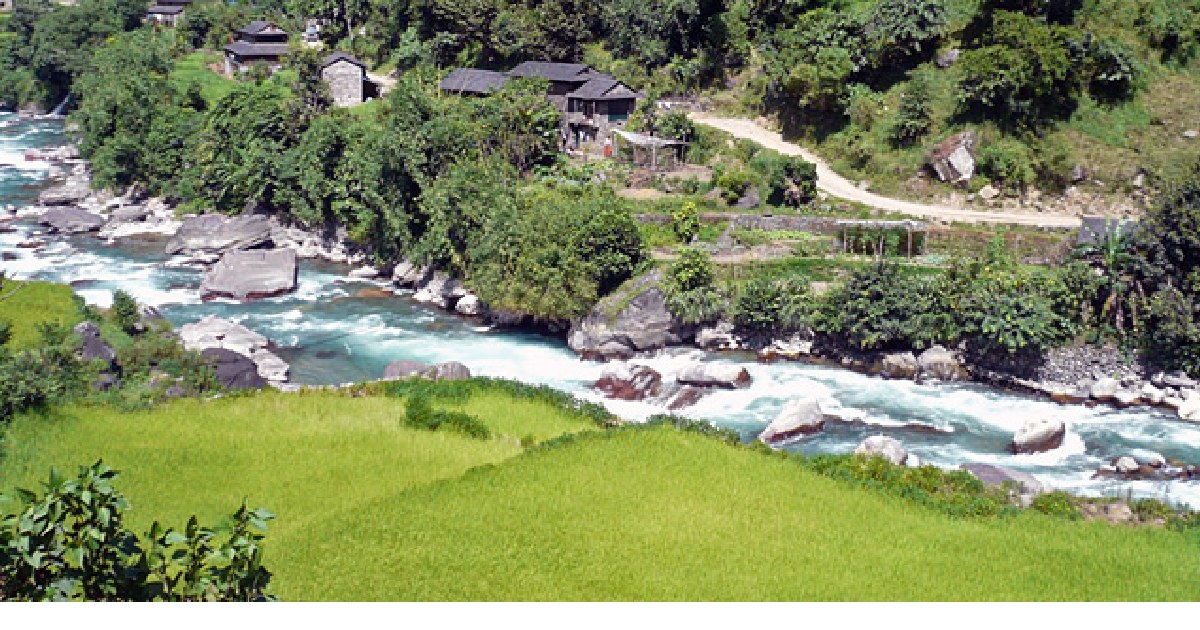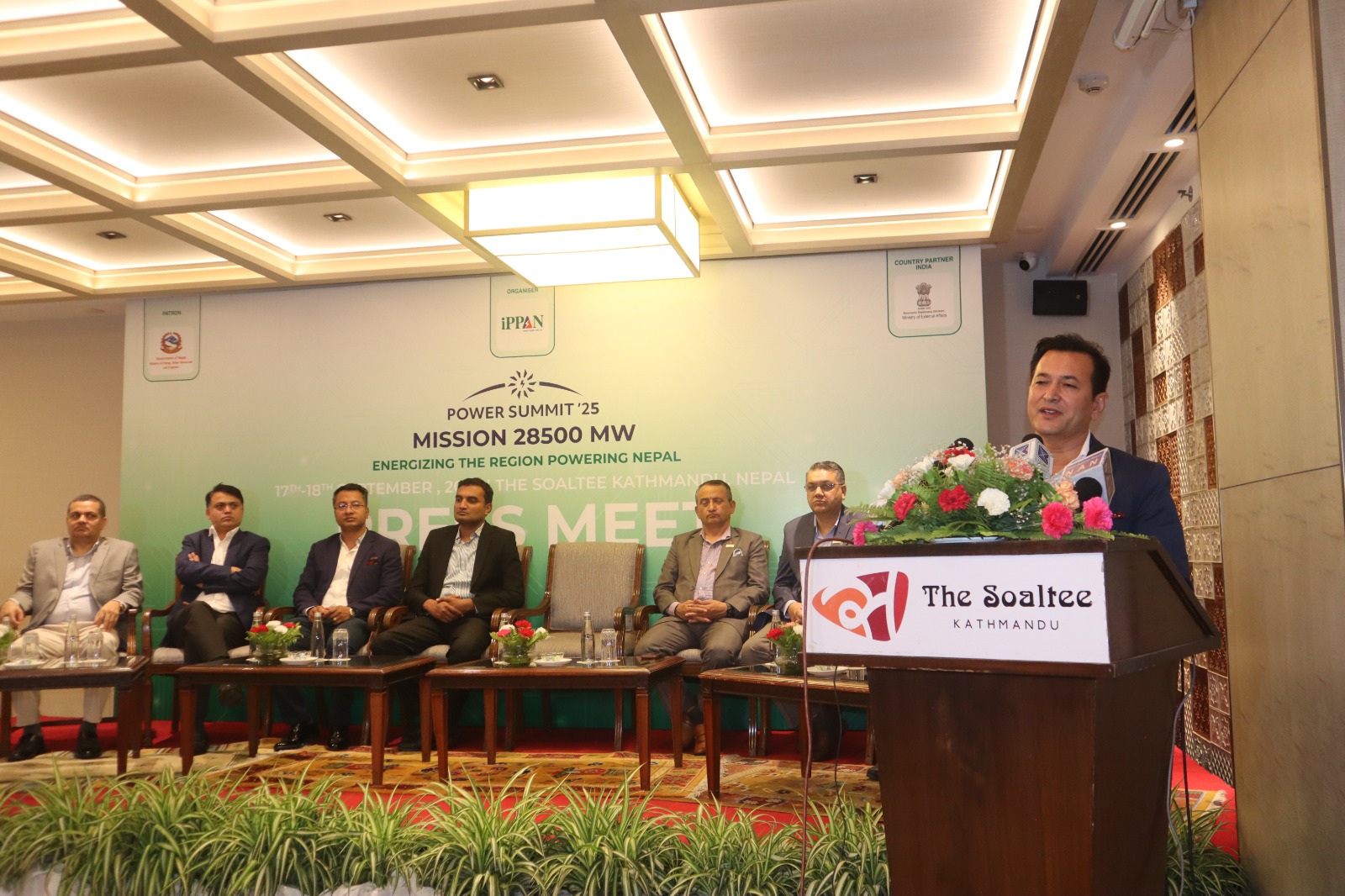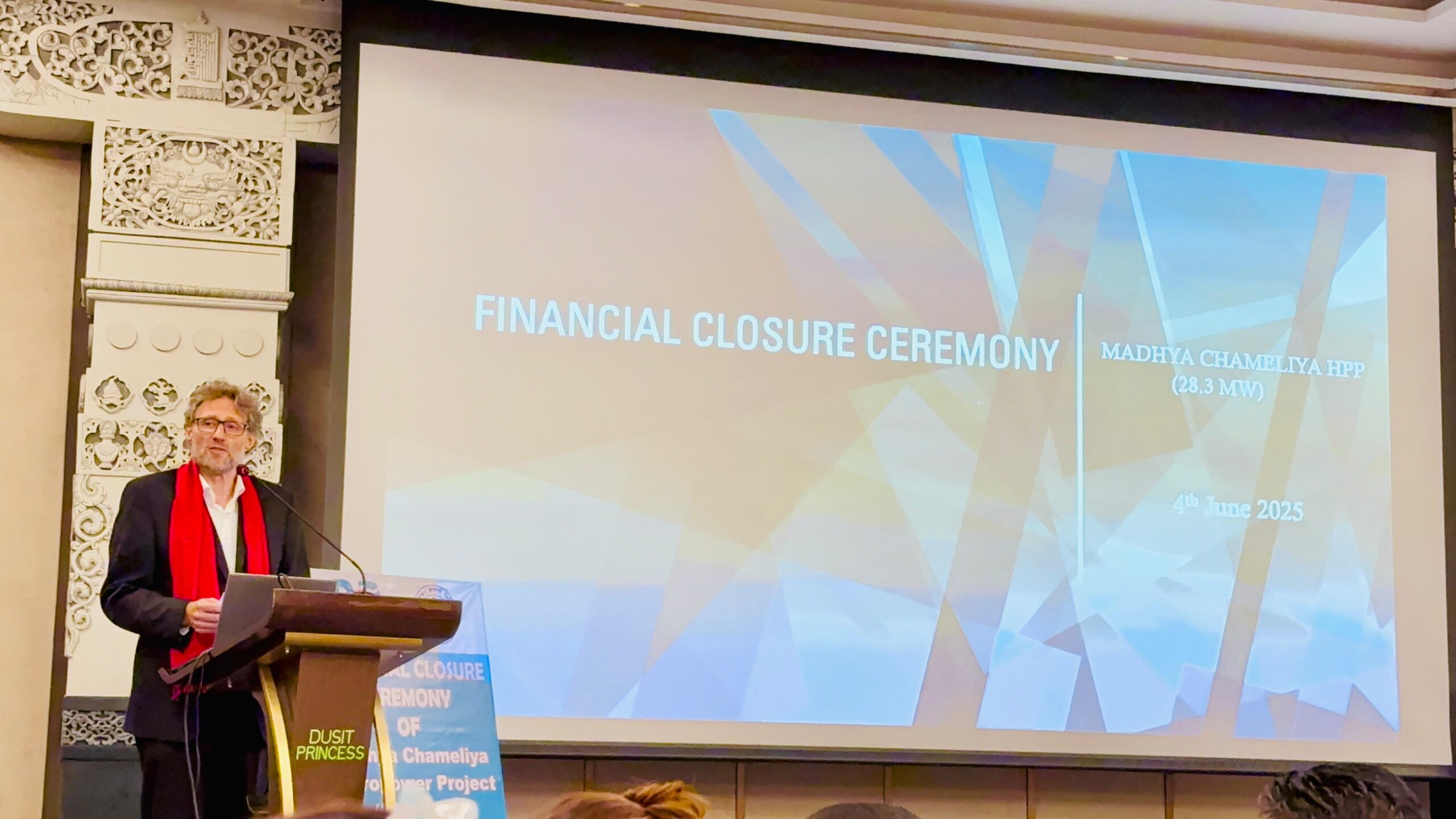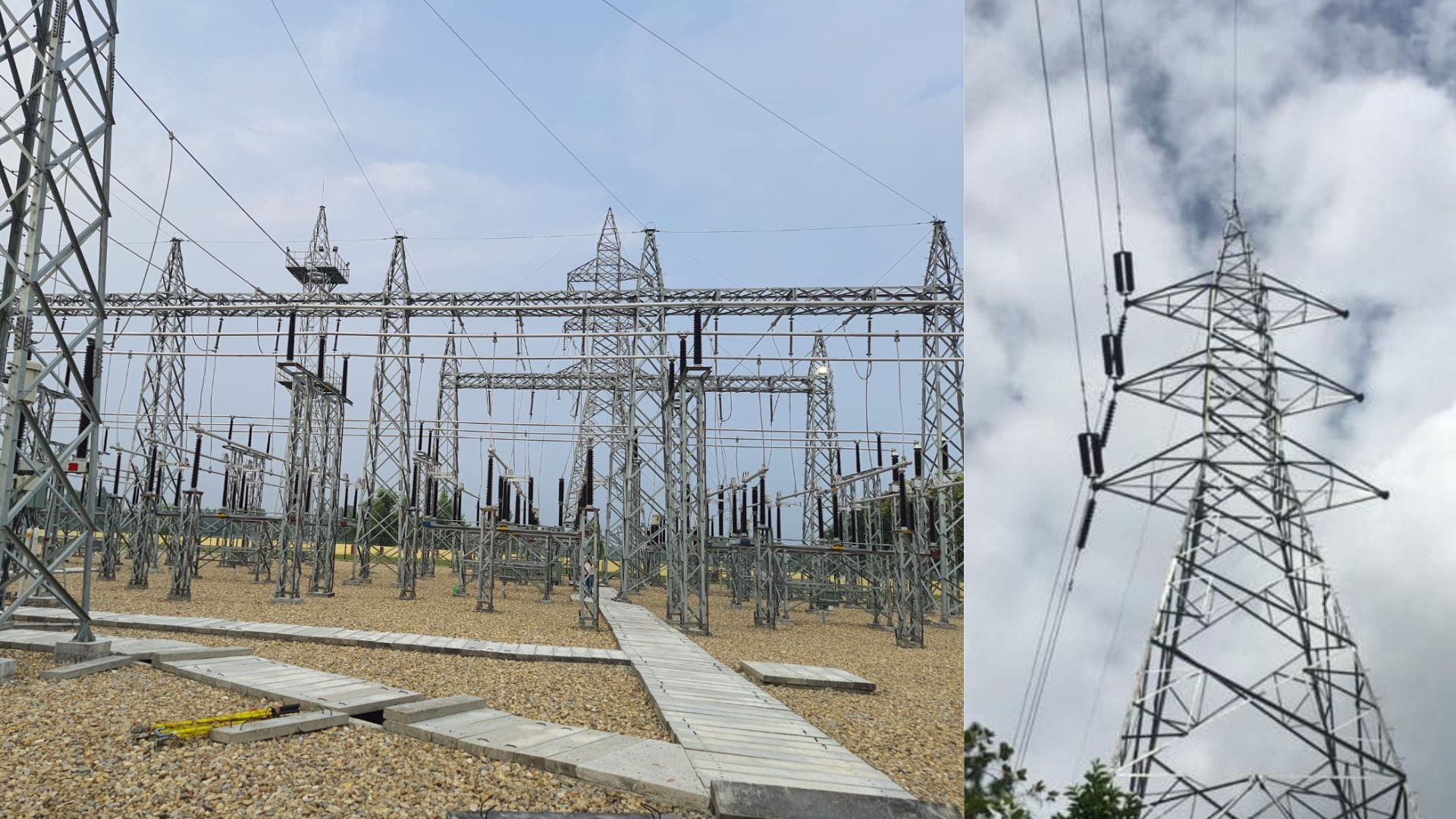
MILCHE (KAVRE): On 5th January 2013, the erstwhile Milche Village Development Committee of Kavre was declared Nepal’s first renewable energy village. The declaration program was organized with great fanfare along with a local traditional band procession in the Milche which is 60 km far from Dhulikhel, the district headquarters. Local residents were upbeat to get rid of longstanding load-shedding and thankful to those who made it happen. With the support of the Alternative Energy Promotion Centre (AEPC), 386 households were electrified through four micro-hydroelectric projects while 62 households got solar power sets.
The Executive Director of the AEPC Dr. Madhusudan Adhikari said it is worrying to see a flickering light in Nepal’s first renewable energy village. After nine years, the village is supposed to be a model village becoming a trailblazer in the renewable energy campaign. However, the village could not maintain its glory and is facing flickering lights. Now only a few houses in Milche have electricity. None can see even the improved stoves built in houses. Local residents have to frequent other villages to charge their mobile phones. According to the locals, the earthquake in 2015 damaged the power plants that were supplying electricity to the village. Though locals spent money and offered labor to repair the water intakes of the plants, disruption of power supply occurred frequently due to rotten poles.
Navin Ghisingh, Chairman of Durlungkhola Small Hydropower Scheme, says that the locals do not even have the resources to spend, due to low monthly fees” Even after that, lightning struck the powerhouse, now this plan is completely closed,” he added.
According to Ghising, now Kulkule 7 KW and Durlungkhola 1st 5 KW are operational, and the other two – 20 KW Dulungkhola-2 and 14 KW Dulungkhola-3 have been closed for years. The outgoing ward chair of Khanikhola 7, Kshetra Bahadur Tanayi, says that it is the result of announcing the program without studying its sustainability. He argues that such a situation has arisen due to the fact that the model is announced with the help of supporting organizations, but there is no monitoring mechanism for continuity and there is no support for maintenance. Currently, the process of burying poles and hanging wires for the extension of the central grid is going on in all areas of the village.









